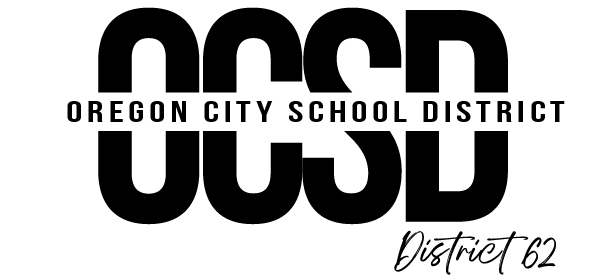Standard Reunification Method (SRM)
Circumstances may occur at the school that require parents to pick up their students in a formalized, controlled release. The process of controlled release is called a reunification and may be necessary due to weather, a power outage, hazmat or if a crisis occurs at the school. The Standard Reunification Method is a protocol that makes this process more predictable and less chaotic for all involved. Because a controlled release is not a typical end of school day event, a reunification may occur at different location than the school a student attends.
HOW REUNIFICATION WORKS:
For students:
The school asks that students be orderly and quiet while waiting. Students may be asked to text a message to their parents or guardians. Students are also asked not to send other text messages either in or out of the school or reunification area. Keeping the cellular network usage at a minimum may be important during a reunification.
For parents:
If a parent is driving to the school, greater awareness of traffic and emergency vehicles is advised. Parents should park where indicated and not abandon vehicles. Parents are asked to go to the Reunification "Check In" area and form lines based on the first letter of their student's last name. While in line, parents are asked to fill out a reunification card. This card is perforated and will be separated during the process. Some of the same information is repeated on both the top and separated bottom of the card. Parents are asked to complete all parts of the card. In case of multiple students being reunified, a separate card for each student needs to be completed.
PARENT EXPECTATIONS:
Bring ID
Be Patient. Reunification is a process that protects both the safety of the student and provides for an accountable change of custody from the school to a recognized custodial parent or guardian.
Make sure student's emergency contact list is up to date. Students will only be released to previously identified as a students emergency contact.
Stay connected to the district’s communication methods: ParentSquare, Facebook, FlashAlert, voicemail alerts, e-mail, and the district website for continued information updates.


